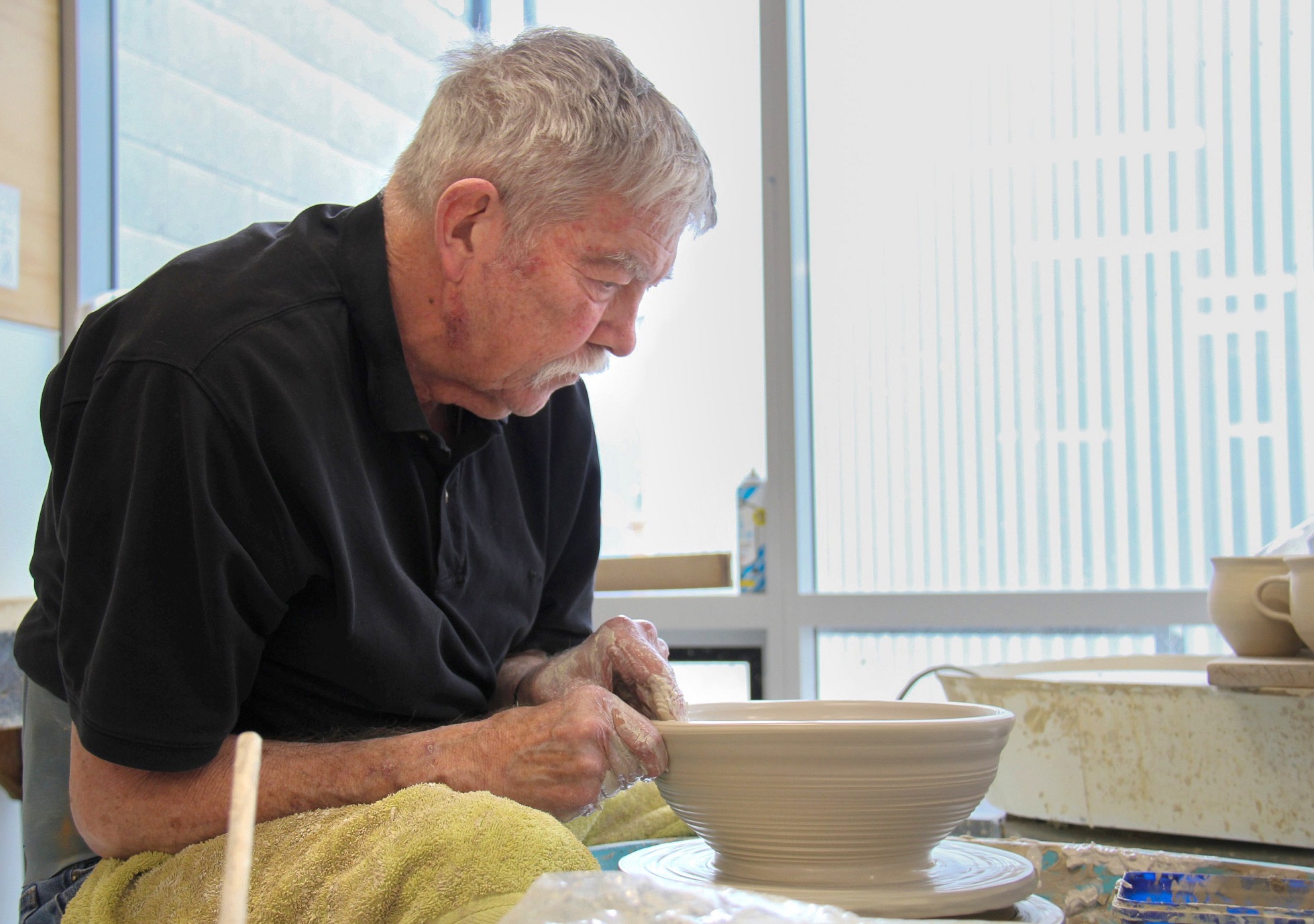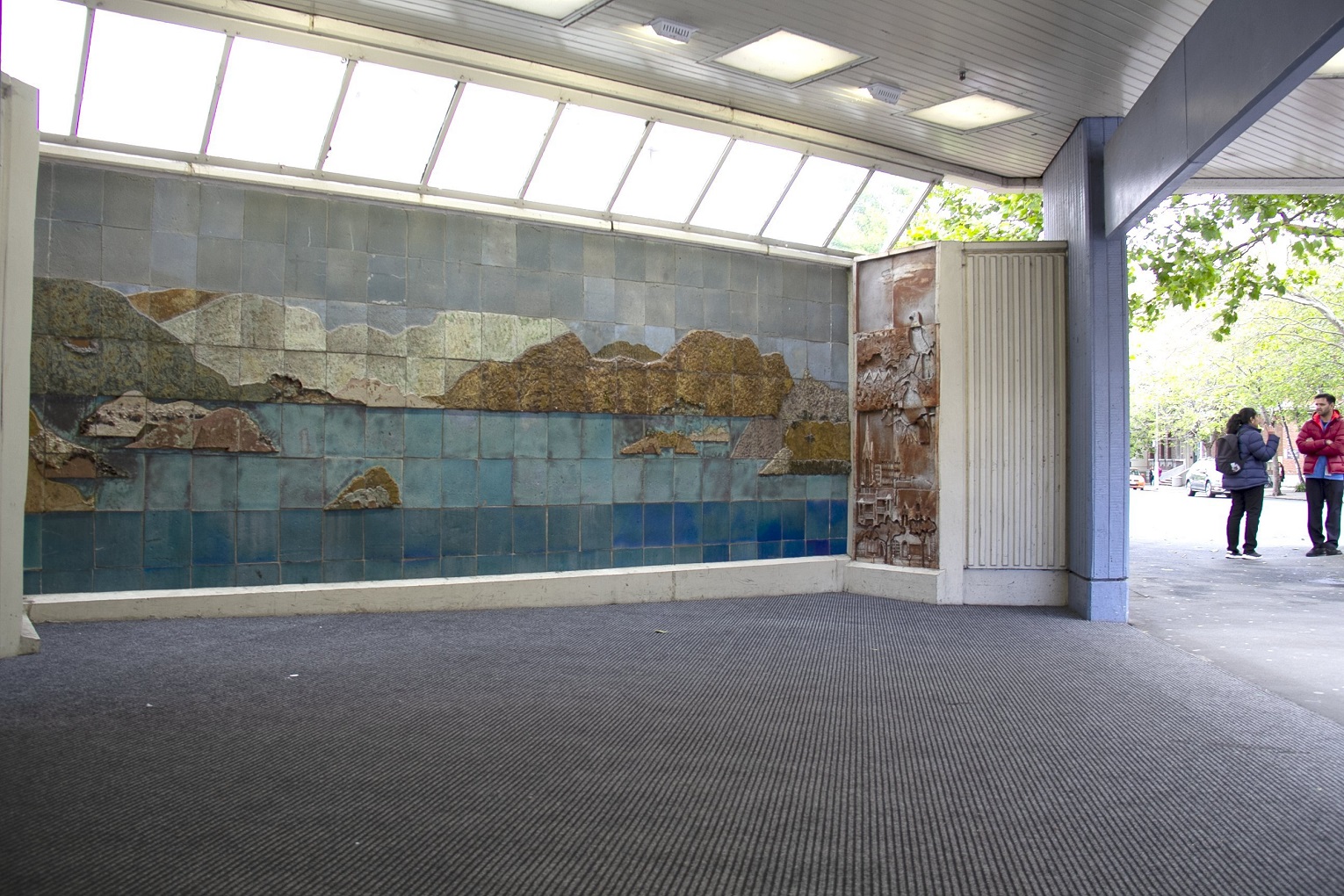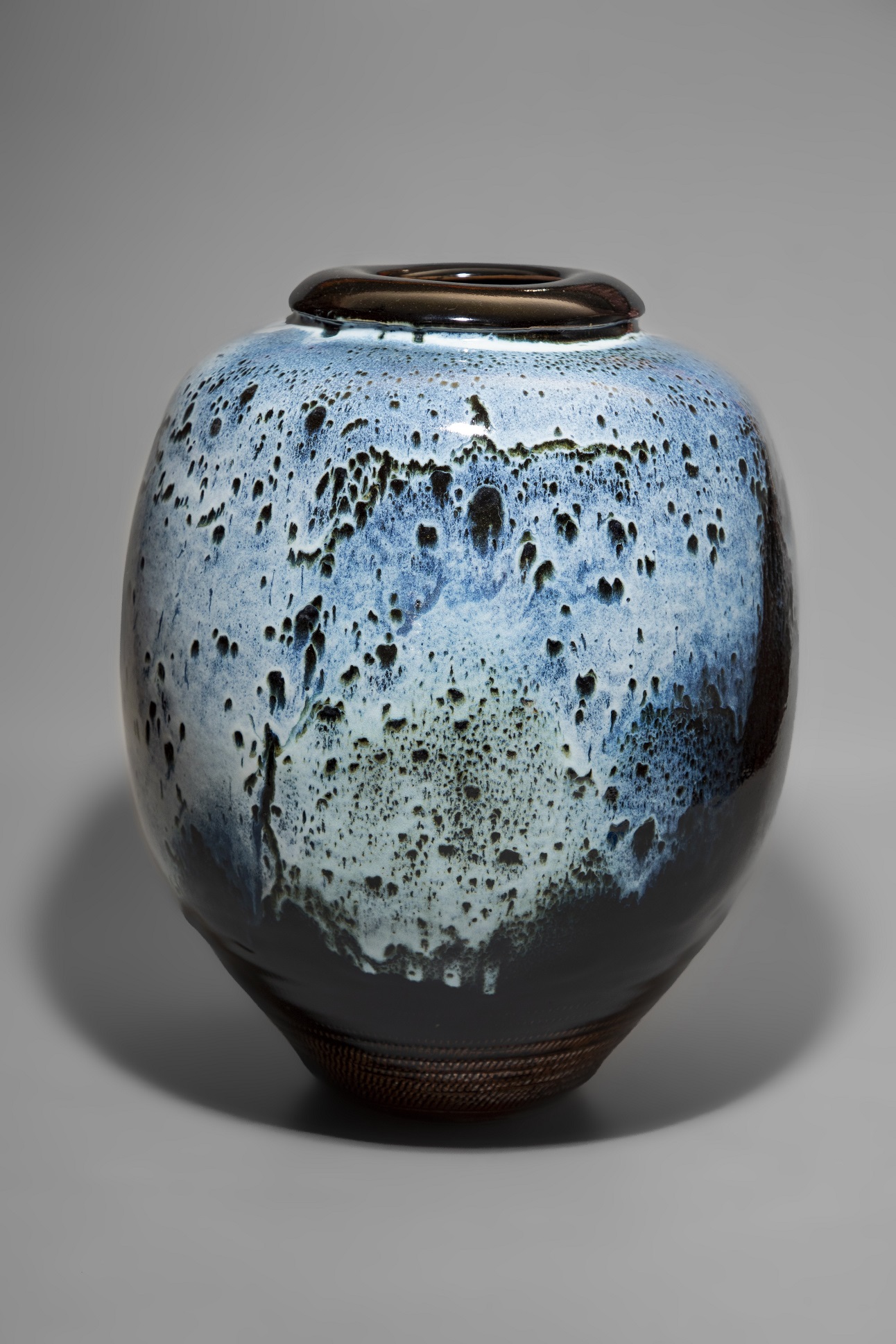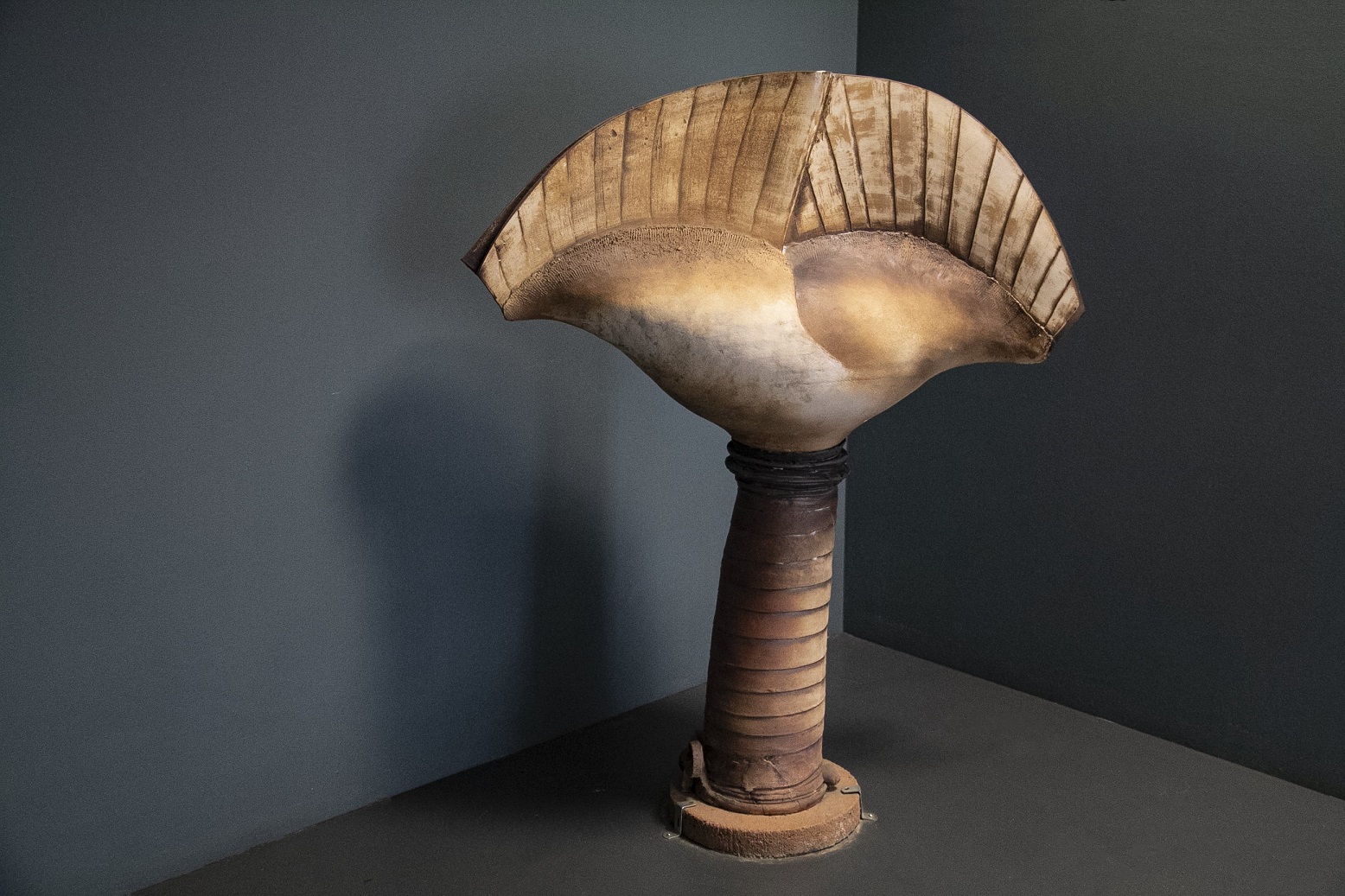
The master craftsman is seldom a household name.
Neil Grant was known and respected among older New Zealand potters but did not hit the headlines in the arts media.
He was an old-school ceramicist — a craftsman first and last. He was always aspiring to emulate his own masters, most of them without a name in any history books, from Ancient China, more recent Japan and talented journeymen from medieval England or France.
It was their work he loved, what they achieved with their hands, with a knowledge of glazes, how a kiln works, how you work a kiln, how you turn a design in the mind into something people can handle with pleasure, even love.
He remembered, with pride and amusement, the days in 1965 in Christchurch where he watched the hands of Shoji Hamada when working as the Master’s "electric boy", kicking a converted Bernard Leach pottery wheel, then finding kilns available to fire Hamada’s pots.
Mr Grant’s eyes were on the hands, not the man, watching the way the clay was handled, watching for the magic of movement that might one day be his own.
Mr Grant was born in Napier in 1938. When the family shifted to Auckland, he attended Mount Roskill Grammar School, but with a further shift to Taranaki he went to Stratford Technical High School.
In 1957 he enrolled at the Canterbury University School of Fine Arts at Ilam, graduating in 1960 with a diploma in sculpture. It was at Ilam that he learned to appreciate the value of drawing, a passion and a necessary skill he later conveyed to his students.

In 1961 he married Nicola Nell Baird (Niki), from Hokitika, and the couple had three children.
He continued his education at the Auckland Secondary Teachers’ Training College, where he took up pottery under the supervision of Peter Smith. His bible became Bernard Leach’s A Potter’s Book, first published in 1940, that gave rise to Mr Grant’s first Papa Rock glazed bottles and bowls.
On graduation, he was appointed art teacher at Mount Albert Grammar School.
He became a member of the Auckland Studio Potters and a foundation member of the New Zealand Society of Potters, taking part in its annual exhibitions from 1962.
Encouraged by his association with Hamada, Mr Grant developed his brushed decoration with oxides and slip painting. His infatuation with the ceramics of Japan and China was now fully established.
As his public profile increased, he showed his talent for teaching and public demonstrations. He was always ready to share his knowledge and skills with others.
In the early 1970s he felt confident to branch out into larger ceramic sculptures with the piece pots he exhibited in the New Vision Gallery in Auckland, the first major gallery to feature his work, and which Mr Grant supplied with a rich range of domestic ware over many years.
He had a great love of the forms of the natural world, plant forms in particular, inspiring his "wavy-line" ceramics and the nikau vases of the early 1970s which were displayed in the CSA Gallery and Brooke Gifford Gallery in Christchurch to critical acclaim.

However, it was with the Chun/tenmoku work from the late 1970s that Mr Grant made a unique contribution, merging self-motivated creativity with ancient traditions, an extension of Anglo-Orientalism.
He also serviced commissions, such as the mural that decorated the entrance to Dunedin Hospital in 1984, celebrating the city and harbour.
Other notable achievements included having work shown as part of the World Expo Exhibition in Osaka in 1970 and in the touring QEII Commonwealth Games Exhibition.
The International Museum of Ceramics at the Musee Ariana in Geneva holds his work, and he also exhibited works at the World Craft Council exhibition in Toronto.
From 1977, Mr Grant worked as the tutor in ceramics at the Dunedin School of Art within the Otago Polytechnic complex, retiring in 2015.
But wait a minute, was he not in the studio every day for years after that, except when laid up with illness?
Mr Grant never really retired. His home became a museum of his work from youth to old age. And he became a living repository of knowledge and experience.
Indeed, it is arguable that the best came last. The poured glaze "criss-cross" plates and lidded boxes, each a unique design, were his crowning glory.

It was in the 1990s that I first became acquainted with Mr Grant while visiting the studios in which he worked so amicably with Lawrence Ewing. They made a team quite unique to the Dunedin School of Art.
In 2005 I became, for the next 12 years, tutor in art history in the distance learning diploma course in ceramics within the Dunedin School of Art. Mr Grant and I worked alongside each other. We shared a love of crafted clay and porcelain: it was a privilege I valued.
Like the best of creative craftsmen, he was obsessed. He had the pleasure of seeing the elements of his craft come together often enough to make him smile: fluted bowls and teapots, chun/tenmoku plates, poured-glaze criss-cross bowls.
Mr Grant was generous, sharing what he knew with anyone who showed an interest. He was tolerant of outsiders, like myself, willing to talk, to show, to find time for the rookie.
It was through my association with him that I learned what it meant to be a "craftsman", what being an artist entails.
In any final analysis, it is the work that counts, the feeling of "just right", but with the self-knowledge that that can only come through hard work, persistence, close attention to detail and the study of the masters who came before.
Mr Grant died in Dunedin on May 7, aged 85.
I count myself lucky to have known him, the People’s Potter. — Peter Stupples, author of Neil Grant Master Potter.












